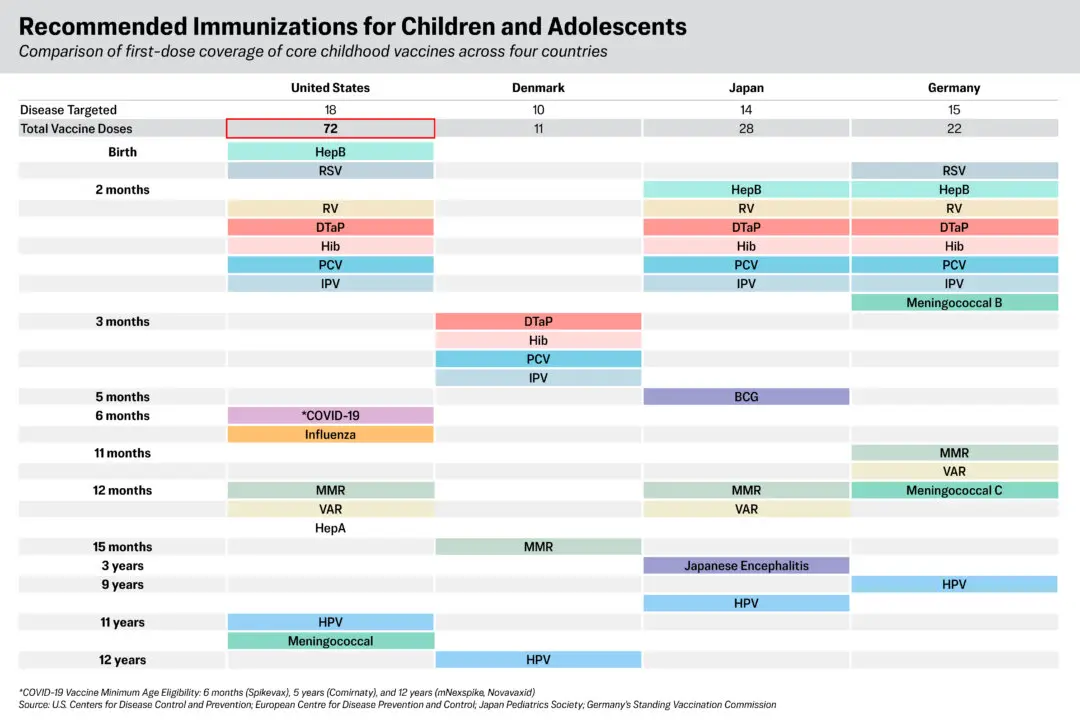The bridge collapse in Washington state on May 23, which sent three vehicles plunging into the Skagit River has brought renewed attention to infrastructure, particularly other bridges across the state and country.
The four-lane Insterstate 5 bridge was inspected in 1992, 2000, and 2010, according to federal safety records, and was found “functionally obsolete,” an important distinction from “structurally deficient.”
Transportation experts often point to the key difference--the first means that the bridge is outdated in some way, usually being deemed too narrow to ensure a smooth flow of traffic. The latter points to a bridge that needs replaced.
There is one component to “functionally obsolete” that indicates danger: if the bridge “wasn’t built to withstand current vehicle weight loads — or heights.” That may be the case here.
Also, the bridge is classified as “fracture critical,” meaning it lacks redundancy and one big structural failure can bring the whole thing down, according to the Federal National Bridge Inventory.
Despite Mullen Trucking, based in Alberta, having a permit to carry the load over the bridge, the top right front corner of the load struck several trusses on the north end of the bridge, according to the Washington State Patrol.
The bridge was inspected twice last year and repairs were made, Transportation Secretary Lynn Peterson said.
“It’s an older bridge that needs a lot of work just like a good number of bridges around the state,” she said.
The bridge was 1,112 feet long and 180 feet wide, with two lanes in each direction, Brady said. There are four spans, or sections, over the water supported by piers. The span on the north side is the one that collapsed. It’s a steel truss bridge, meaning it has a boxy steel frame.
Around the nation, 66,749 bridges--or one in nine bridges or just below 11 percent--are structurally deficient, according to the American Society of Civil Engineers. About 14 percent of the nation’s bridges are defined as functionally obsolete. The society gives bridges a C+ in its 2013 report card.
Out of 247 bridges in Skagit County, Washington, 12 are structurally deficient and 53 are functionally obsolete. The county got a D+ from the society’s report card. Across the state, 1,693 or 21 percent of the bridges are functionally obsolete. Overall, infrastructure got a C “due to a lack of planned funding and inadequate maintenance,” according to the society, and bridges across the state got a C-.
“We cannot hope to have an A+ economy, with a C level infrastructure,” said James Chae, P.E., M.ASCE, president of the Seattle Section of the society. “Washingtonians need to realize that our ailing infrastructure hurts our wallets and our livelihoods. In fact, travel delays cost Washington State drivers and businesses more than 32 million hours a year, valued at over $1.1 billion annually.”
The bridge was built in 1955 and has a sufficiency rating of 57.4 out of 100, according to federal records. That is well below the statewide average rating of 80, according to an analysis of federal data.
The collapse represents a problem that is “deeply troubling,” says U.S. Rep Jim McDermott (D-WA).
“Despite huge reductions in our national deficit, we’ve spent the last few months haggling over budget cuts and hyping up a debt crisis that doesn’t exist,” he said in a statement. “Congress has slashed resources for some of our most fundamental necessities: education, research and development, job training, and infrastructure. Is it any surprise that in the midst of this unwise and unnecessary austerity, we are beginning to see the structures that our citizens depend on, literally crumbling around us?”
Also, it is alarming that the bridge was not considered structurally deficient, he said. “The most basic role of our government is ensuring the safety of the public. Without the resources to do so, I worry that avoidable disasters like this will become commonplace. It is time to reinvest in our state and in our country. We can’t afford not to.”
Traffic could be affected by the bridge collapse for some time. The bridge is used by an average of 71,000 vehicles a day, so the roadblock will cause a major disruption in trade and tourism between Seattle and Vancouver, British Columbia.
National Transportation Safety Board officials, who are investigating the collapse, are planning to join state authorities at news briefing on early Monday afternoon. State and federal officials are giving an update on the situation today around 3:30 p.m. PDT.
The Associated Press contributed to this report.





